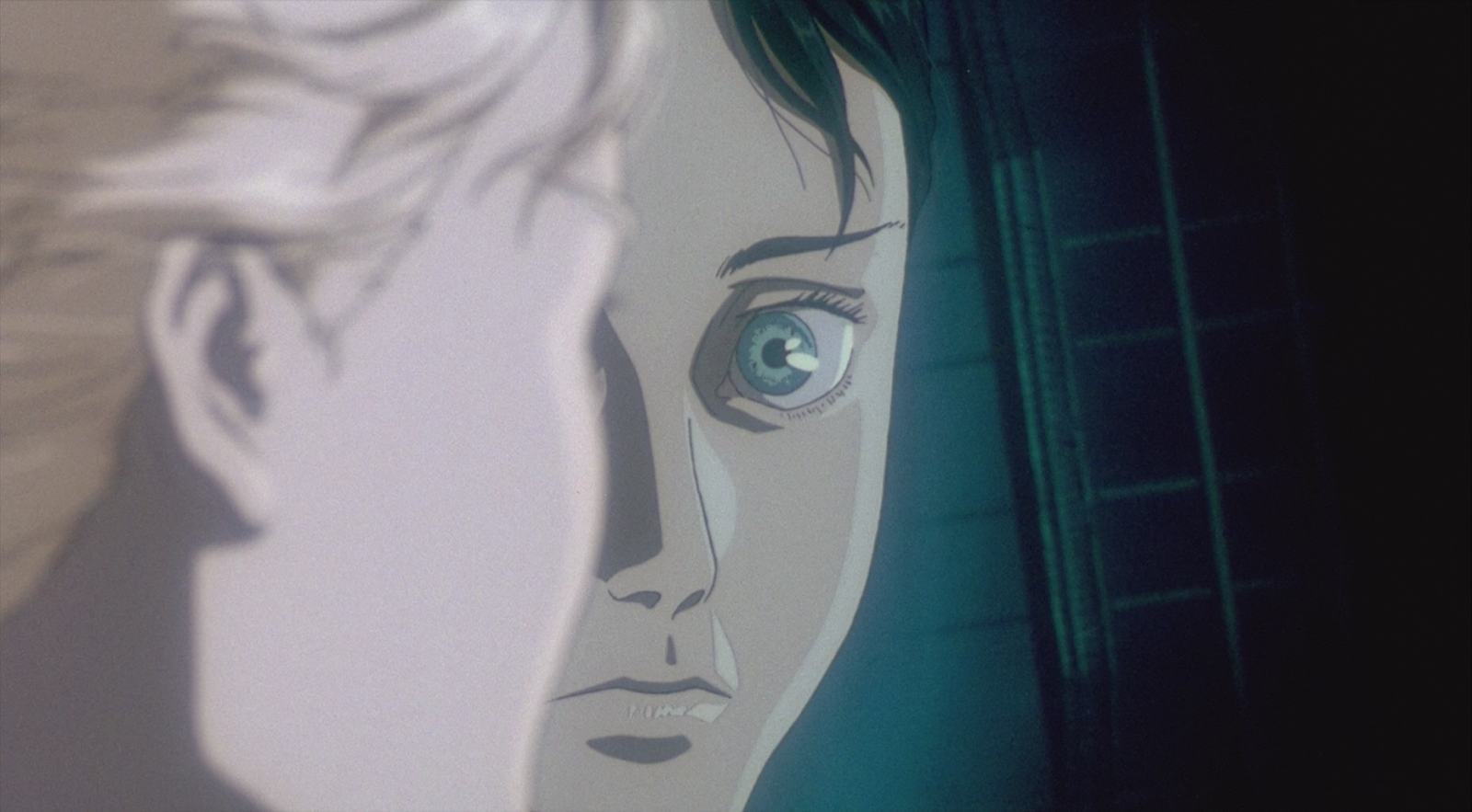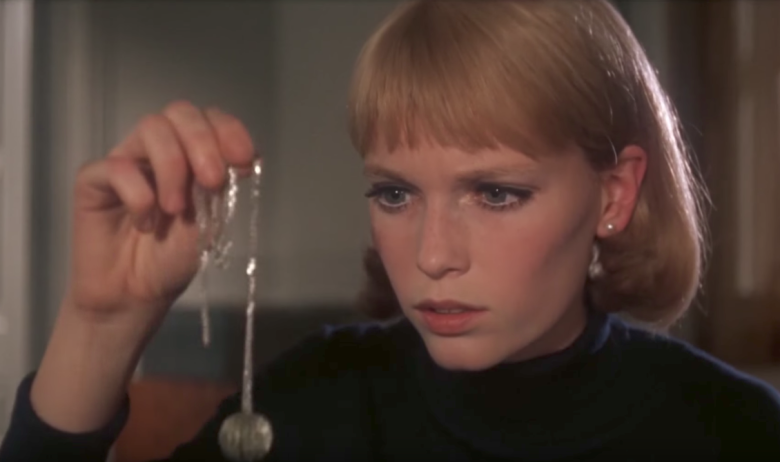On the surface, the ending of the 1920 classic silent film, The Cabinet of Dr. Caligari seems to be contradict the anti-authoritarian themes throughout the rest of the film—and in German Expressionism more broadly. But the lingering strangeness of the sets and that final, sinister shot of the Director suggest that the frame story is a deliberate deception, not merely something tacked on against the will of the writers that totally screws up their otherwise-masterpiece. As a bit of meaningful misdirection, the frame subverts our expectations and demands reinterpretation.
Cartoon Bunnies & The Incomprehensible Power of Humanity
Richard Adams Watership Down and its 1978 animated adaptation carries an environmental message of letting nature run its course that can feel quaint in a world of ongoing and drastic human-caused climate change. But its humans, especially in the book, are incomprehensible, godlike creatures bringing death, destruction, and madness to the creatures they touch. In that context, the quaint message becomes heartbreakingly nostalgic for a time when stepping away from nature and letting it run its course might have been possible.
Robots Make the Worst Ethics Teachers
The 2019 Netflix film I Am Mother received a lot of attention at the time of its release for being an expertly crafted film with a small, but very talented cast, and spot on special effects. Sprinkled through the positive reviews, though, are claims that it’s an anti-abortion screed (or an “artful” take on “pro-life themes,” depending on the critic writing about it). We explain why it’s definitely not anti-abortion, as well as what it’s actually about: robots being bad at ethics.
The End of Sex, Death, & Humanity
Ghost in the Shell tells the story of humanity's crossing the event horizon that draws us into a spiral toward meaninglessness and slow oblivion as we approach the technological singularity.
Satanic Capitalists in Rosemary's Baby
Rosemary’s Baby and the films that have followed it draw clear lines between Satanic cults and capitalism. They tell stories about the evils that unchecked, late-stage capitalism incentivizes: selfishness, greed, ruthlessness, and the sacrifice of others for status, wealth, power, and privilege.
Moral Panic, Fundamentalism, & We Summon the Darkness
There’s a rich film tradition drawing on and indulging humanity’s long and ongoing history of Satanic panics. In We Summon the Darkness (2019), though, the Satanists we need to watch out for are a congregation of Christians following a televangelist who fancies himself “the wrath of God.” That man, Pastor John Henry Butler is, in our reading of the film, the physical embodiment of Satan on Earth. The fallen Lucifer, warped by pride and a lust for power.
In Defense of Barbra: Night of the Living Dead
The character of Barbra in 1968’s Night of the Living Dead has been mostly viewed as a useless waste of screentime, thankfully revised into a final girl action hero in the 1990 remake. We’re here to argue, as much as we love action hero Barbara (with the extra “a”), original Barbra’s reputation is undeserved. She’s a realistic character type who should have more of a place in horror and who, when present, deserves to live every once in a damn while.
Grotesque Comedy, Part 2: Get Out of Stepford
While not technically an adaptation or a remake, Get Out re-envisions The Stepford Wives--both the 1972 novel and the 1975 film--in what you could call a remake in spirit. (Oh, and it rightly ignores the 2004 atrocity.)
Forbes’ film and Levin’s novel dealt with feminist themes of gender power dynamics, ownership of female bodies, and the objectification of women. Get Out builds on how those issues intersect with racial power dynamics, ownership of Black bodies, and racist ideas of Black people as animals.
But Peele’s up to more than just swapping Women’s Liberation for Black Emancipation. He gives us a more hopeful film, lighter and funnier than The Stepford Wives, but at the same time heavier and more horrifying.
Paperhouse: A Child’s Indelible Nightmare
Bernard Rose’s 1988 film Paperhouse blurs the line between dream and reality, focusing on a bedridden young girl who finds herself inside her own drawing of a strange house when she sleeps. In this stark but fantastic world, she bonds with another sick child while her dreams burn and char into a horrible nightmarescape, reflecting the indelible scars left by a child’s death and by parental abuse and alcoholism.
Missing the Messy Bits: A Comparison of Fright Nights
Craig Gillespie’s 2011 remake of Tom Holland’s 1985 meta-horror classic streamline's characters, cuts out the creepy sexualized treatment of Amy, and favors a more action-oriented approach over Holland’s self-aware campiness and references to horror movies of yore. But in buffing out the original’s messy strangeness, the remake loses some of the magic that made the original a beloved gem.
Häxan & the Wrong Version of a Great Film
Häxan has left behind a unique legacy, and lots of folks have written about it as an early film that blurred the lines between fact and fiction, reality and fantasy. It is also an essay, which is key to its integrity and artfulness. The Wrong Version of the film, recut, renamed a name we shall not name, and punched up with an out-of-place jazz score, scraps all that in favor of what feels like a deeply insensitive, drugged-out History Channel documentary.
Schrödinger’s Kill List
Ben Wheatley’s Kill List (2011) is an odd film, at once ultra-violent and even-keeled, confused and focused, quiet and, thanks to expert sound design, deafening. While detail and precision give movies like The Wicker Man (1973) and Häxan (1923) their own special brand of disturbing, in Kill List, it’s the lack of detail, the haziness, the things you can’t figure out that make this film so bizarre and unsettling.
The False Martyr & The Wicker Man
A lot’s been said about the contents of the various cuts of The Wicker Man and about the film’s religious commentary. We’re interested in protagonist Sgt. Neil Howie’s depiction as a false martyr—false because, Sgt. Howie is not, in fact, the martyr Lord Summerisle proclaims him to be.














